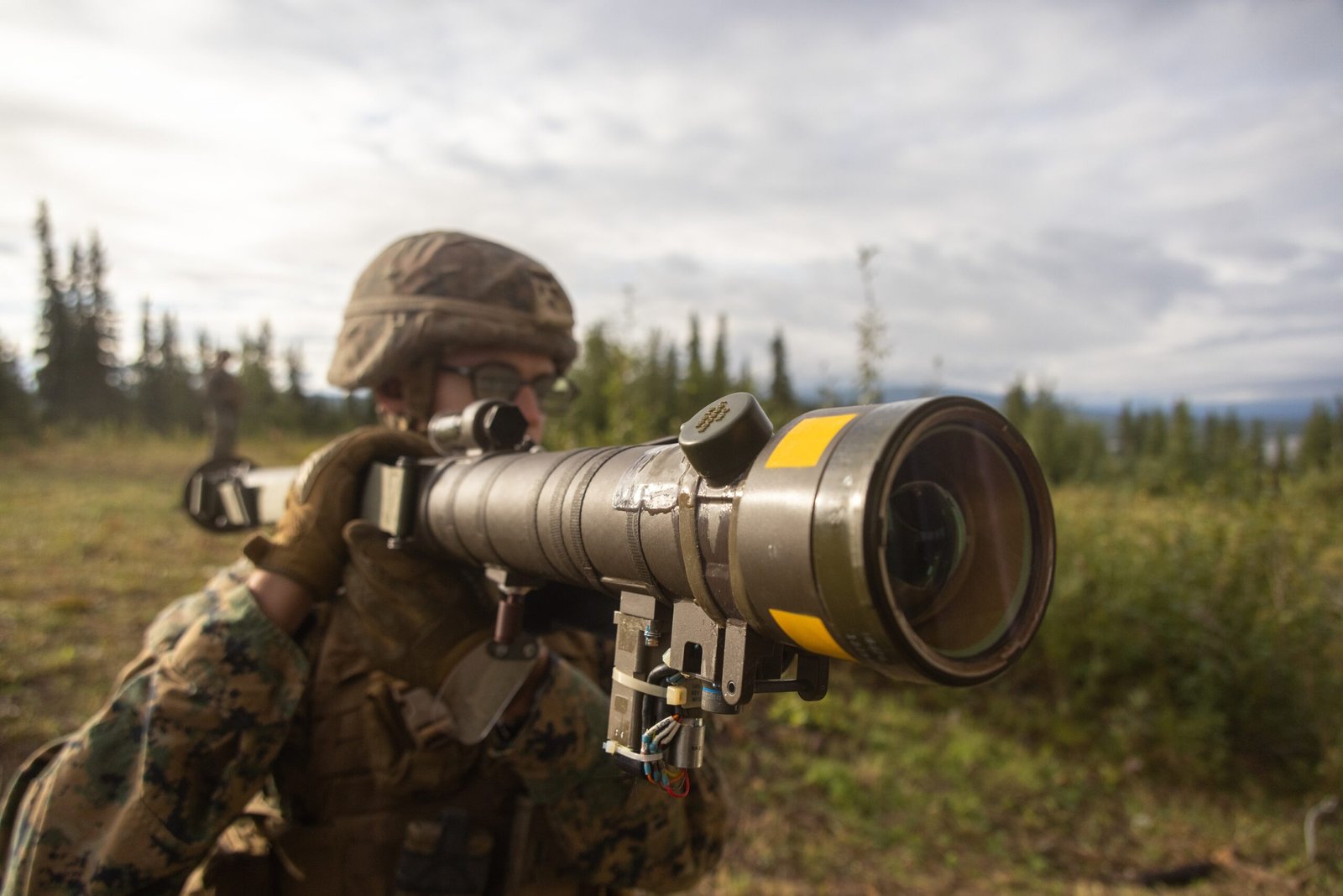
U.S. Army Places new Order for Stinger Missiles
Raytheon Missile Defense has secured a new U.S. Army contract worth more than half a billion dollars to produce Stinger surface-to-air missiles, ancillary equipment, and associated support through 2031.
The $578 million agreement, awarded to Raytheon’s facility in Tucson, Arizona, was announced this week by the Department of War.
Bids for the program were solicited online, with one proposal received. The Army Contracting Command at Redstone Arsenal, Alabama, is the contracting authority. Work locations and specific funding allocations will be determined with each individual order.
The deal extends production of the combat-proven Stinger weapon system, one of the U.S. military’s most recognizable short-range air defense platforms. Capable of engaging low-altitude threats such as drones, helicopters, and fixed-wing aircraft, the man-portable Stinger has been a mainstay of U.S. and allied ground forces since the 1980s and continues to evolve in response to new battlefield requirements.
The latest contract comes as the demand for short-range air defense systems grows worldwide. Conflicts in Eastern Europe and the Middle East have underscored the vulnerability of ground forces to low-cost, low-flying aerial threats — particularly loitering munitions and unmanned aerial systems — driving renewed interest in systems like Stinger.
Originally developed to counter Cold War-era aircraft, the Stinger has since been modernized with updated seekers, improved guidance software, and compatibility with various launch platforms. In addition to the shoulder-fired configuration widely used by infantry units, the missile is also integrated into vehicle-mounted systems and rotary-wing aircraft, expanding its operational flexibility.
The weapon gained renewed global attention following its widespread use in Ukraine, where U.S.-supplied Stinger missiles have been credited with helping Ukrainian forces defend against Russian air assaults. The system’s effectiveness in those conditions has reinforced its relevance on today’s battlefield, where unmanned and rotary threats are increasingly common.
The Stinger’s continued production through at least 2031 reflects the U.S. Army’s intent to sustain a reliable, widely deployable short-range air defense option for the foreseeable future. While more advanced systems are in development, the Stinger’s combat record, adaptability, and ease of use ensure it will remain a key element of U.S. and allied air defense arsenals.


